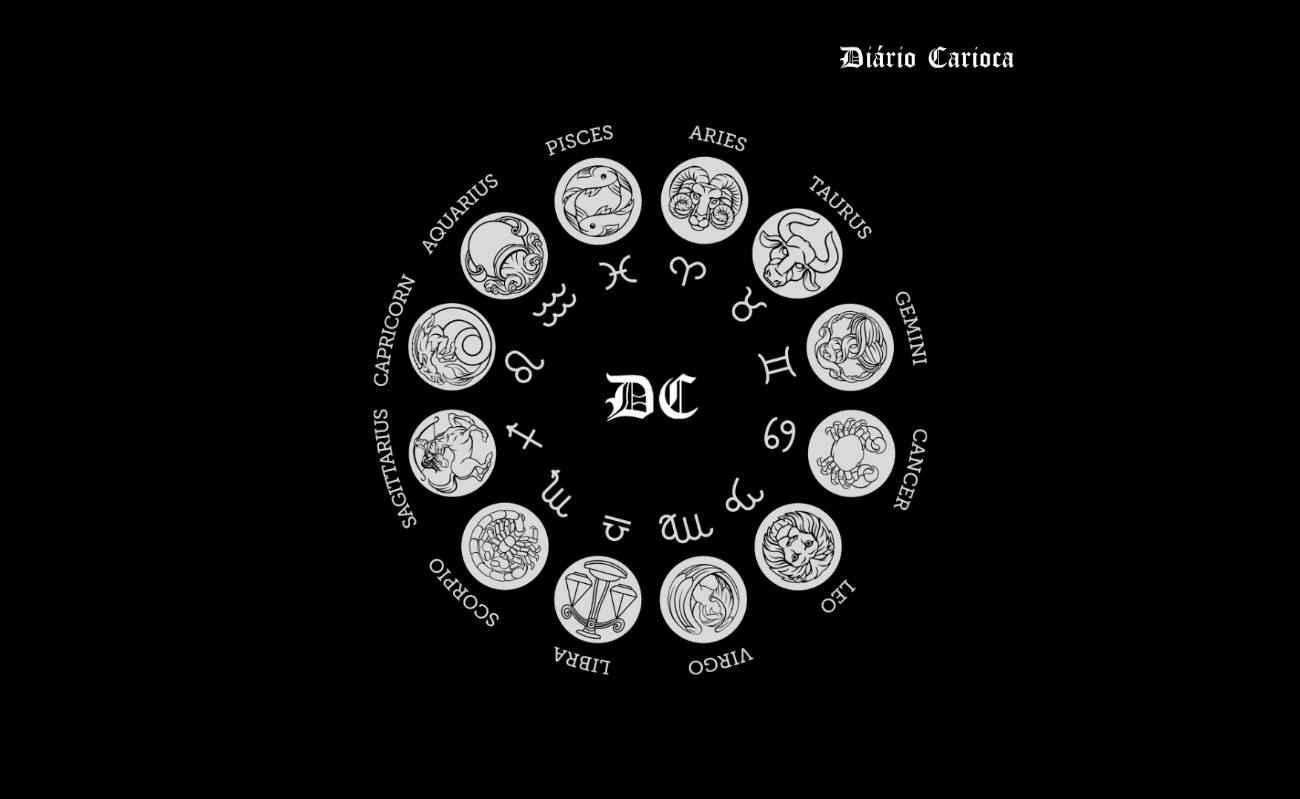Less than a month before the end of the year, preliminary data from the National Immunization Program (PNI) indicates that Brazil has not yet reached the vaccination coverage target for most vaccinations in the primary pediatric calendar in 2022. Only BCG, which prevents serious forms of tuberculosis, has reached the target. Vaccinate 90% of children under one year of age in the national scenario – although the southern and southeastern regions did not reach the target.
more in🇧🇷 Study finds only 7 out of 100 children ages 3 to 4 had two doses of the Covid vaccine
The most dangerous scenario is recorded among the vaccines applied a year later – trivalent (measles, mumps and rubella), tetravirus (which includes the first dose of chickenpox, in addition to measles, mumps and rubella) and hepatitis A – which cover less than 50% of target population.
The annual goal is to vaccinate 90% of children under one year of age with BCG. For yellow fever, the target is 100%, and for other vaccinations in the Essential Schedule, the target set by the Ministry of Health is 95%.
The trivalent viral vaccine, applied from age 12 months onwards, has the lowest coverage in the primary pediatric calendar. According to data available through November, 2 out of 3 children in Brazil did not complete the measles, mumps and rubella immunization within the second year of life.
Indeed, calendar vaccination coverage for children under one year of age was less than the target in all cases, but records indicate greater adherence to vaccination in this age group. National coverage against DTP (diphtheria, tetanus, and pertussis), polio, PCV (pneumococcus), MenC (meningitis C), hepatitis B, and Hib (Haemophilus influenzae type B) was above 70%, but still off target.
Protection against diphtheria, tetanus, whooping cough, hepatitis B, and Hib is provided by three doses of the pentavalent vaccine, which is a combination of DTP with two other immunogens, and must be completed before the first year of life. The primary calendar also provides two DTP reinforcers: the first at 1 year of age and the second at 4 years of age.
BCG, applied at birth or during the first two months of life, is the only vaccine on the calendar that has already reached the target in 2022, with coverage greater than 90%. In contrast, the yellow fever vaccine only reached 55% of the target population, according to the data available so far.
Data collected November 28, 2022. To calculate vaccination coverage for children under one year of age, Observa Infância takes into account the number of doses given that year and the number of live births in the current year, according to the National Health System. Born alive (Sinask).
For children who have completed one year, the estimate is based on the number of live births in the previous year minus the number of deaths of children under one year of age also recorded in the previous year, according to the System of Mortality Information (SIM). The data may still change due to the time required to fill the data. Municipalities have until 2024 to finalize registrations.
Observa Infância calculates the coverage of the combination of vaccines indicated for protection against the same diseases, making it possible to accommodate changes in the calendar and fixing vaccine indications to work with the historical series.
For Patricia Boccolini, coordinator of Observa Infância, a scholarly publication initiative by the Arthur S. Erbe Netto University Center/College of Medicine in Petropolis (UNIFASE/FMP) in partnership with Fiocruz, preliminary data for 2022 indicate that the downward trend in vaccine coverage in the children’s calendar remains. This year.
2022 is not an isolated case. Over the past decade, what we’ve seen year after year is a scenario of a steady decline in vaccination rates. It is possible that some municipalities are still reaching the target set for some vaccines, since the data is still incomplete, but on the national scene it is unlikely that we will see such a sudden change, especially if we take into account the trend in recent years, “he said. Patricia Boccolini says:
status in UFs
As in the national scenario, BCG coverage is the best of all vaccines in the states’ childhood calendar as well. As of November 28, 16 federal units have recorded vaccination above the 90% target: Rondonia, Amazonas, Roraima, Amapá, Tocantins, Piauí, Ceará, Rio Grande do Norte, Paraiba, Pernambuco, Alagoas, Sergipe, Minas Gerais, Rio Grande du South, Mato Grosso do Sul and the Federal District.
However, all states score below target coverage for other immunizations in the baseline calendar provided for up to two years – with the exception of Mato Grosso do Sul, which reached the 95% PCV (pneumococcal) coverage target. Amazonas, Tocantins and the Federal District also record a coverage of over 90% for PCV, close to the target set by the Ministry of Health.
In addition to the BCG and PCV vaccines, only the MenC vaccine scores near the target in any state: Mato Grosso do Sul and the Federal District have over 90% coverage of the vaccine that protects against the most common type of bacterial meningitis in Brazil.

“Writer. Analyst. Avid travel maven. Devoted twitter guru. Unapologetic pop culture expert. General zombie enthusiast.”


